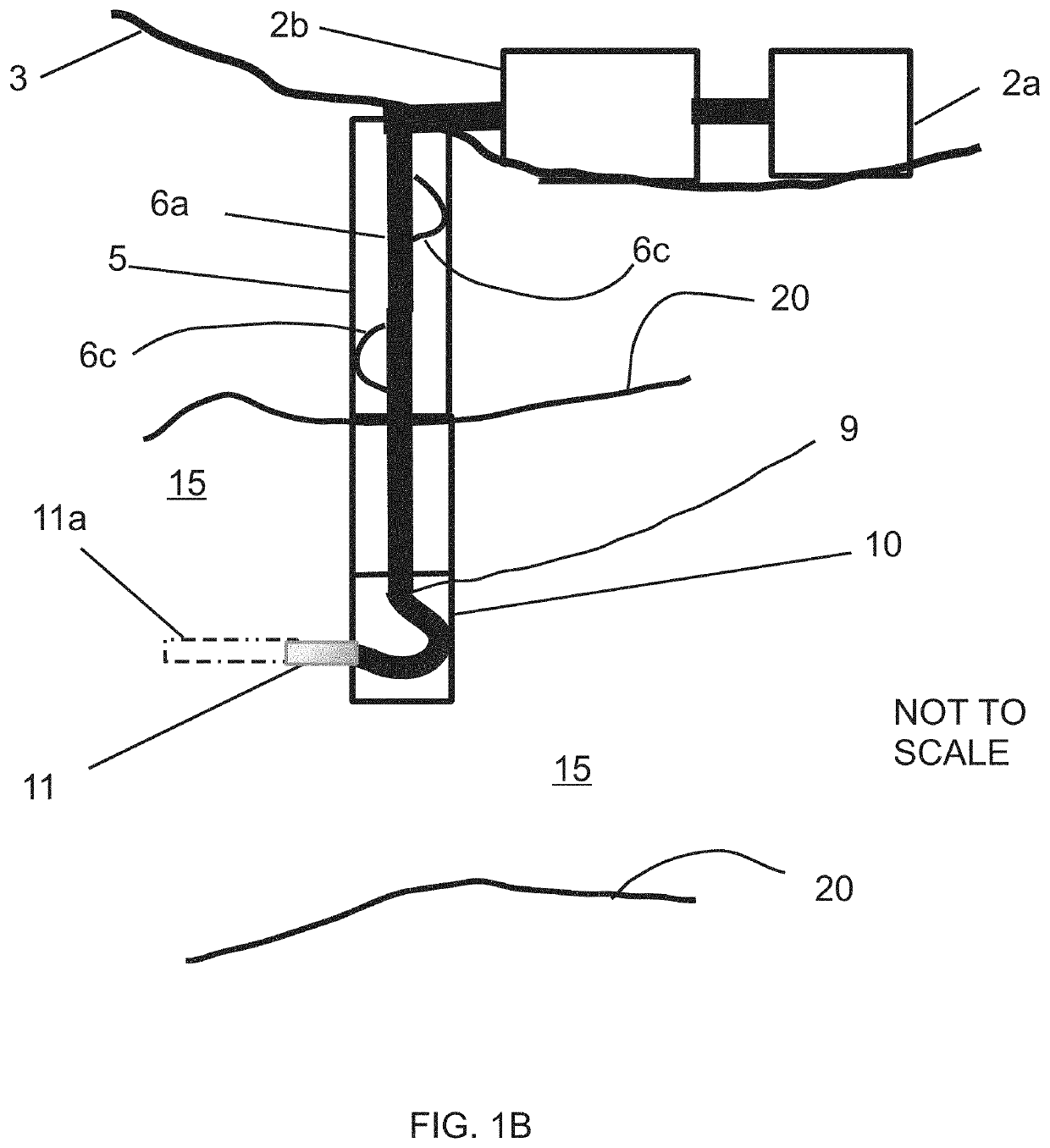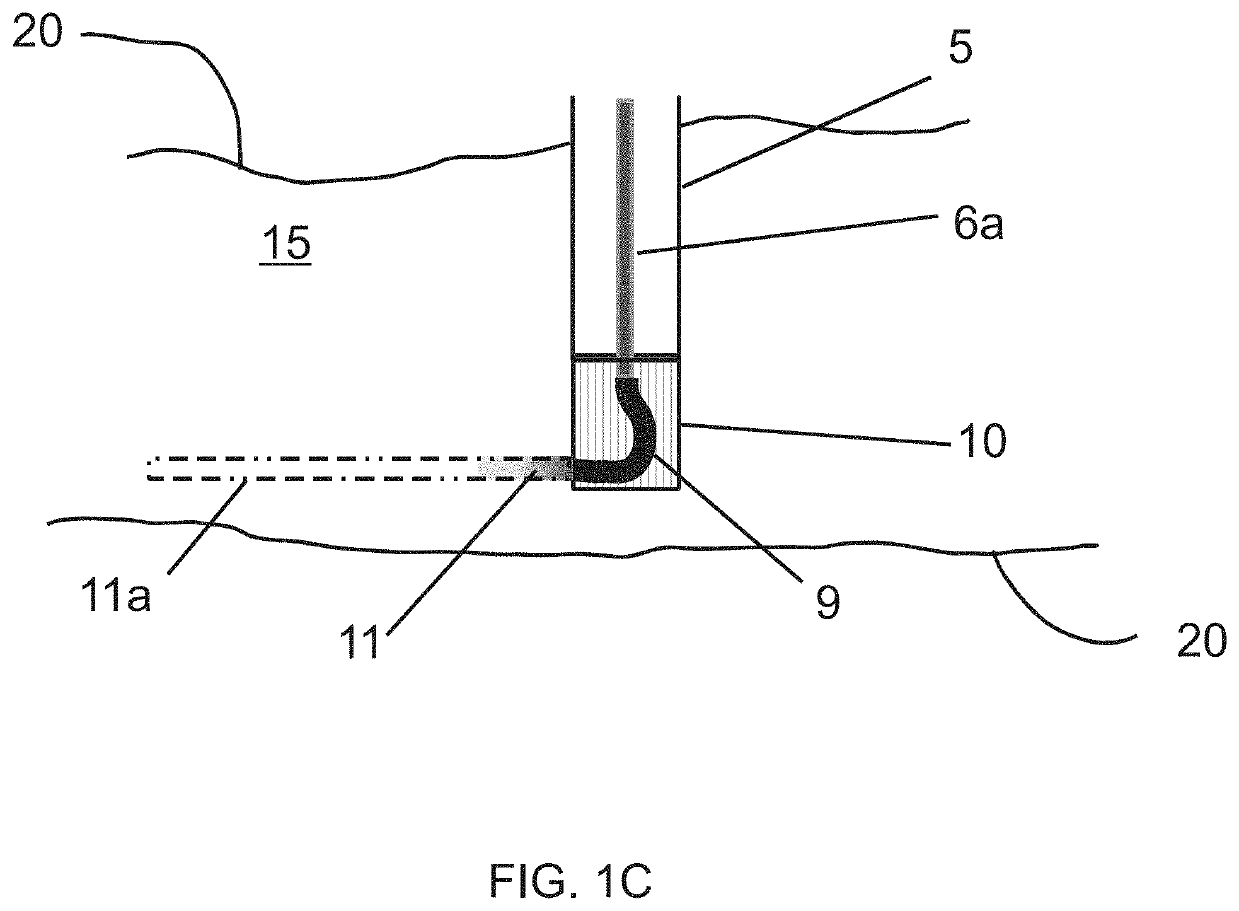Deep human-made cavern construction
- Summary
- Abstract
- Description
- Claims
- Application Information
AI Technical Summary
Benefits of technology
Problems solved by technology
Method used
Image
Examples
Embodiment Construction
[0123]As noted above, embodiments of the present invention may describe means, systems, mechanisms, and / or methods for the implementation and construction of large diameter human-made subterranean caverns within deep geological formations, wherein such human-made caverns are configured for long-term storage and / or disposal of predetermined materials. The predetermined materials may or may not be waste.
[0124]In this patent application, the terms “radioactive material,”“radioactive waste,”“nuclear material,”“nuclear waste,” and / or “high-level nuclear waste” (HLW) may be used interchangeably herein.
[0125]In this patent application, the terms “cavern,”“cavity,” and / or “chamber,” may be used interchangeably with the same meaning. Further, “cavern,”“cavity,” and / or “chamber,” may mean an at least substantially hollow void space that may be human-made. However, “launch chamber” and “human-made cavern” may refer to different types of human-made structures that may be constructed in differen...
PUM
 Login to View More
Login to View More Abstract
Description
Claims
Application Information
 Login to View More
Login to View More - R&D
- Intellectual Property
- Life Sciences
- Materials
- Tech Scout
- Unparalleled Data Quality
- Higher Quality Content
- 60% Fewer Hallucinations
Browse by: Latest US Patents, China's latest patents, Technical Efficacy Thesaurus, Application Domain, Technology Topic, Popular Technical Reports.
© 2025 PatSnap. All rights reserved.Legal|Privacy policy|Modern Slavery Act Transparency Statement|Sitemap|About US| Contact US: help@patsnap.com



